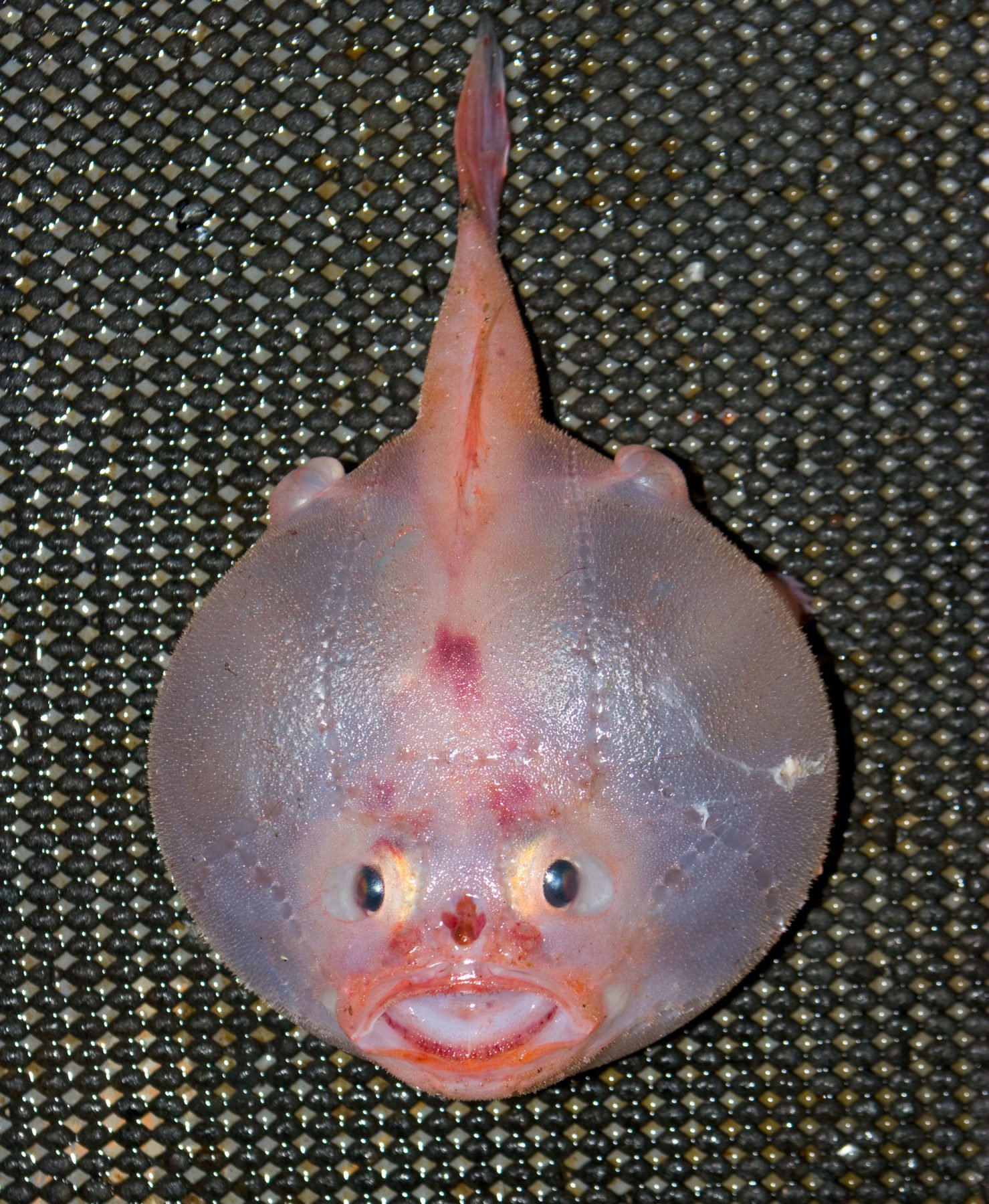We won’t hold it against you, coffinfish

Bec Crew
Bec Crew

I mean, look. The coffinfish isn’t the most attractive creature in the world. In fact, it might be one of the most unattractive creatures in the world. But looks aren’t everything – the coffinfish has so much more to offer than the fact that it resembles a swollen, veiny samosa.
Coffinfish from the Chaunax genus belong to the deep-sea anglerfish family Chaunacidae (otherwise known as sea toads). They are found in tropical and subtropical oceans around the world, and most of them live at depths between 180 and 1,100 m.
One species, the tassled coffinfish (Chaunax fimbriatus), takes things to the extreme, living at an impressive 1,985 m below the surface, just off the coast of Japan and Taiwan.
Another, called the furry coffinfish (C. endeavouri), can be found at a more manageable – but certainly not hospitable – 50 metres deep, around the eastern coast of Australia. (This species, by the way, can grow to an impressive 40 cm long.)
Coffinfish have had to evolve specialised features in order to survive in their deep-sea habitats. For one thing, their fins have morphed into cute little feet and hand shapes, as the pink coffinfish (Chaunax pictus) pictured above is showing off so beautifully.
They also have enormous gill chambers, which allow these fish to inflate themselves and swallow huge amounts of seawater. Scientists have discovered that by taking in all that water, coffinfish get enough oxygen to hold their breath for up to four minutes.
Why would coffinfish want to blow themselves up like a water balloon?
According to scientists from the US National Oceanic and Atmospheric Administration, these “notoriously lazy” fish can conserve the energy that would otherwise be required to pump water in and out. It might also serve a dual purpose of making coffinfish look intimidating to any potential predators.
Here’s an inflated pink coffinfish, and heck yes, I’m intimidated:

There are about 10 known species of coffinfishes living in Australian waters, including some, like this one, that are yet to be formally named.
Like the handfish, they are delicate creatures that don’t adapt well to pressures such as climate change or pollution. The furry coffinfish, for example, is at “high risk” from oceanic trawlers, due to their susceptibly in getting caught up.
If you’re not already convinced that you love coffinfish, this ridiculous song might just push you over the edge:




